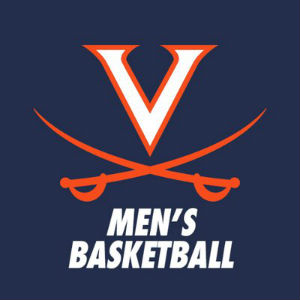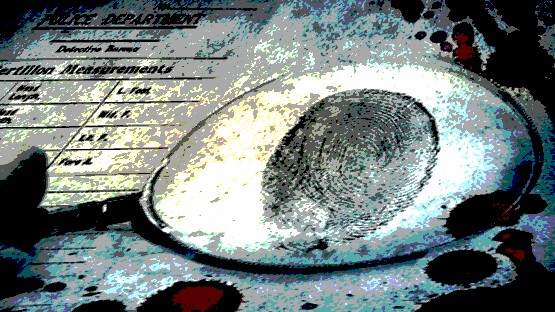
The unit played well enough for Key to earn a start in the next game, at Louisville, and Diakite to be the first Virginia player off the bench. But after Hunter picked up two fouls early, Tony Bennett went with a lineup that included both Diakite and Jay Huff — something he can do thanks to Diakite’s terrific athleticism and perimeter quickness.
There wasn’t much to draw conclusions from during the last two games last week, against Georgia Tech and Pittsburgh. Virginia blew out the Yellow Jackets and the Panthers no matter who was on the court.
Syracuse, though, provided another good measuring stick of which lineups can be effective in certain scenarios. The Orange provide a challenge unlike any other with a long 2-3 zone anchored by 7-foot-2 center Paschal Chukwu. No one in the Syracuse rotation is under 6-foot-5. Jim Boeheim’s bunch is the tallest in the nation.
So in the second half, Tony Bennett matched that height with a similarly large lineup of Guy, Jerome, Hunter, Diakite and Huff, the same five he used during the second half of the Louisville game. Everyone in that group except Guy stands 6-foot-5 or above.
It once again paid dividends. Syracuse scored just 19 second-half points and shot just 7 for 26 from the field over the final 20 minutes. After dominating the interior in the first half, the Orange found post offense much more difficult to come by in the second half. Furthermore, their guards were bothered by the length of Jerome and Hunter on the perimeter, and Guy did a phenomenal job on Buddy Boeheim, who scored just three points in the second half after eight in the first. Virginia, meanwhile, had six blocks in the second half after just two in the first.
“We went with some good length,” Bennett said. “We were collectively good [defensively].”
On offense, Virginia had 16 points in the paint in the second half after just two in the first half. By having two capable post finishers on the floor together, Virginia was able to take advantage of a Syracuse zone that was constantly being stretched out by the Cavaliers’ supreme three-point shooting. Diakite scored all nine of his points in the second half, and part of his improvement, Bennett thought, was that he wasn’t forced to box out Chukwu every possession. With Huff on the floor, Diakite matched up more on Marek Dolezaj or Oshae Brissett.
“In the first half … he wasn’t quite, I thought, as alert or in tune as we needed him for whatever reason,” Bennett said. “He really did the job in the second half. … Jay and [Mamadi] looked good — the length and the rebounding.”
In roughly 13-and-a-half minutes together, the Jerome/Guy/Hunter/Diakite/Huff lineup outscored Syracuse 40-9 in the second half.
Though it was certainly an impressive half — maybe the best half of basketball Virginia has played under Bennett given the road environment, the first-half struggles and the caliber of opponent — that lineup shouldn’t automatically become the new “death lineup.”
And that’s a good thing for the Cavaliers. It doesn’t mean it can’t be Virginia’s best lineup at times. Rather, it shows that Virginia has yet another effective lineup — this one to counter a long, athletic, zone-based team.
There will be times when Kihei Clark — who played a season-low 16 minutes — is needed as a relentless on-ball defender. In Virginia’s first matchup against Virginia Tech, when the Hokies had a healthy Justin Robinson, he fit the bill perfectly. Against Syracuse’s height, Virginia turned to other players, but that doesn’t mean Clark won’t be effective in certain matchups.
There will be times when Braxton Key — who played a season-low six minutes — is needed as a versatile defender and terrific rebounder. Against a zone, though, Virginia needed perimeter shooting and great size in the post. Those aren’t Key’s strengths. But there have been and will be teams against which his strengths are needed.
There will be times when Jack Salt — who played just four second-half minutes — is needed for his strength and physicality down low. That’s been seen before, too, against players such as Maryland’s Bruno Fernando. Salt scored a dozen points and nabbed seven rebounds against the Terrapins.
Against Syracuse, Virginia needed length, athleticism and scoring across the board, so Bennett went with his longest, most athletic and offensively potent group. A different opponent may require a different approach.
In tournament play, teams must be able to adapt on the fly and win in different ways with limited preparation time. On Monday, Virginia did just that with yet another lineup combination.
Plenty of coaches and analysts have called this Bennett’s best team at Virginia — a claim Bennett himself is reluctant to support given how many good players he’s had. But it just might be his most versatile, too.
Column by Zach Pereles










